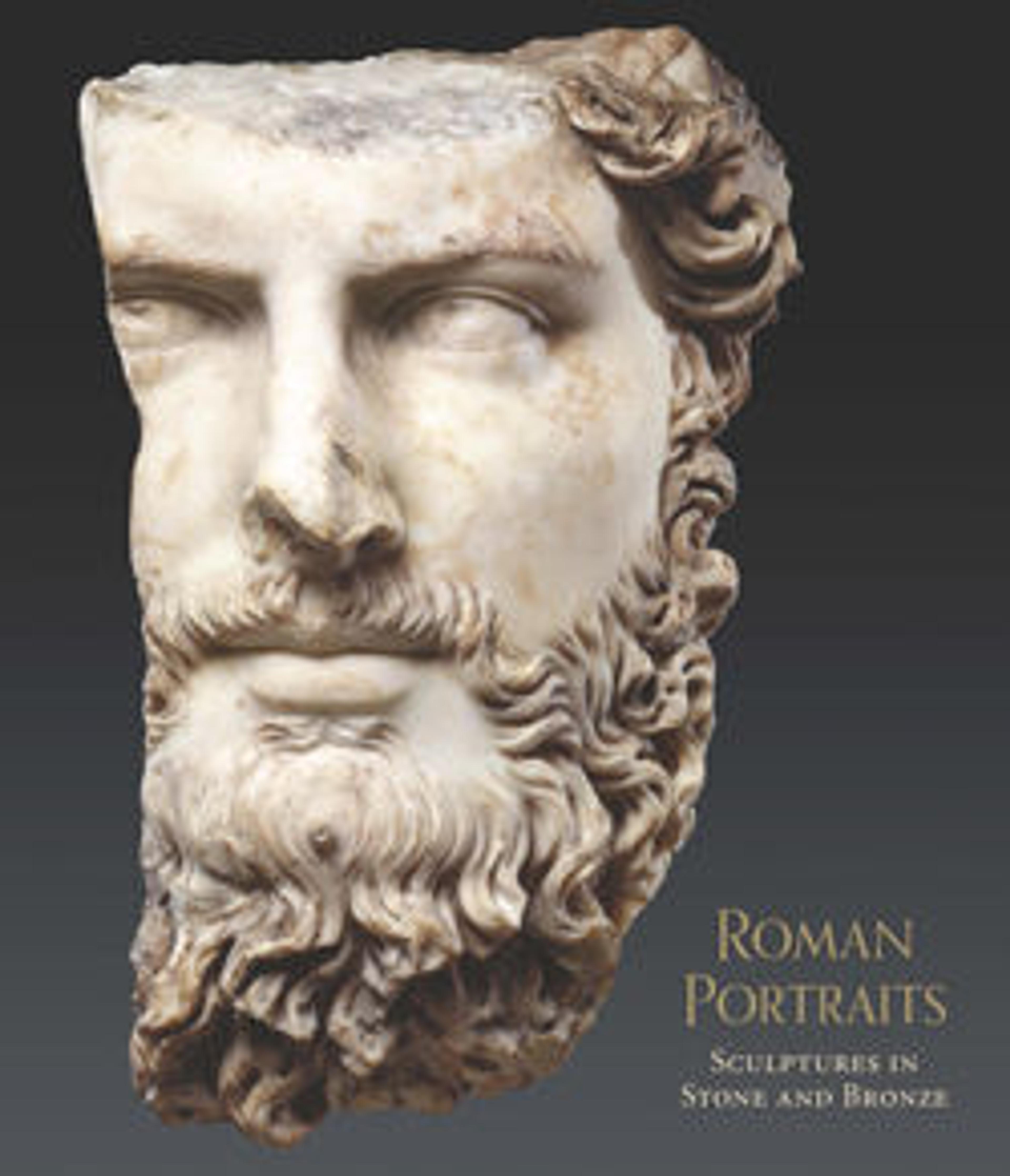Marble portrait head of Antinoos
Antinoos, the young beloved of the Roman emperor Hadrian, drowned in the River Nile during an imperial visit to Egypt in A.D. 130. In accordance with Egyptian custom, the distraught emperor initiated a cult venerating the dead youth, for the Egyptians believed that those who met such a death became assimilated to Osiris, god of the Underworld. Outside Egypt, numerous statues of Antinoos were erected that represented him as a beautiful youth, often in the guise of Dionysos, a Greek god closely related to Osiris. This head is a good example of the sophisticated portrait type created by imperial sculptors to incorporate what must have been actual features of the boy in an idealized image that conveys a god-like beauty. The ovoid face with a straight brow, almond-shaped eyes, smooth cheeks, and fleshy lips is surrounded by abundant tousled curls. The ivy wreath encircling his head associates him with Dionysos, a guarantor of renewal and good fortune.
Artwork Details
- Title: Marble portrait head of Antinoos
- Period: Late Hadrianic
- Date: ca. 130–138 CE
- Culture: Roman
- Medium: Marble
- Dimensions: Overall: 9 1/2 x 8 1/4 in. (24.1 x 21 cm)
- Classification: Stone Sculpture
- Credit Line: Gift of Bronson Pinchot, in recognition of his mother Rosina Asta Pinchot, 1996
- Object Number: 1996.401
- Curatorial Department: Greek and Roman Art
More Artwork
Research Resources
The Met provides unparalleled resources for research and welcomes an international community of students and scholars. The Met's Open Access API is where creators and researchers can connect to the The Met collection. Open Access data and public domain images are available for unrestricted commercial and noncommercial use without permission or fee.
To request images under copyright and other restrictions, please use this Image Request form.
Feedback
We continue to research and examine historical and cultural context for objects in The Met collection. If you have comments or questions about this object record, please contact us using the form below. The Museum looks forward to receiving your comments.
